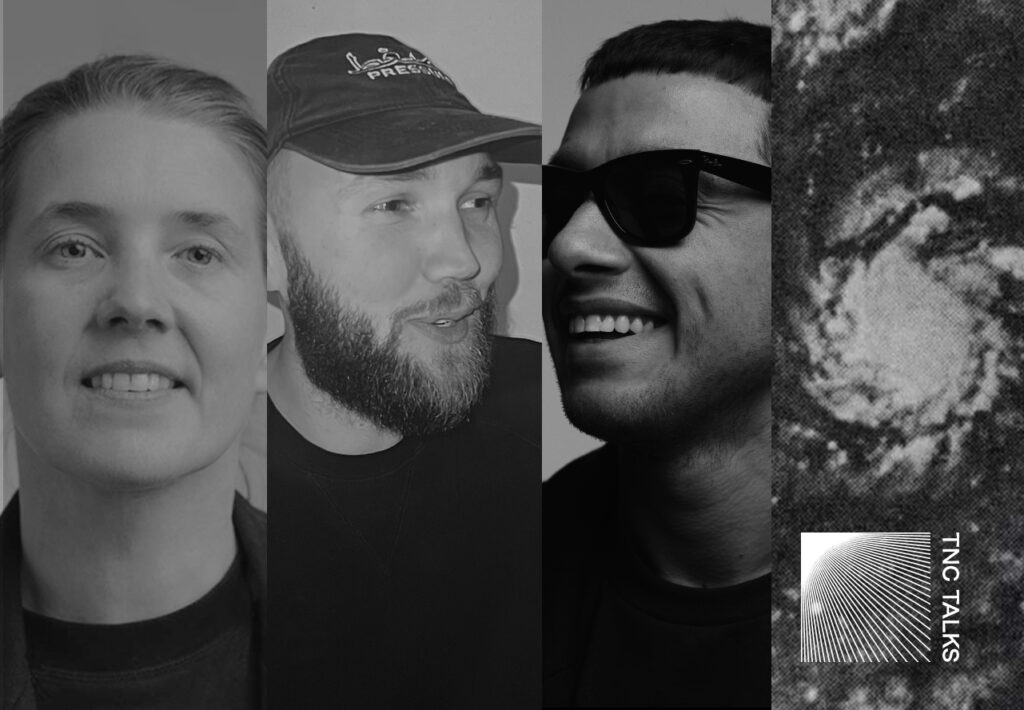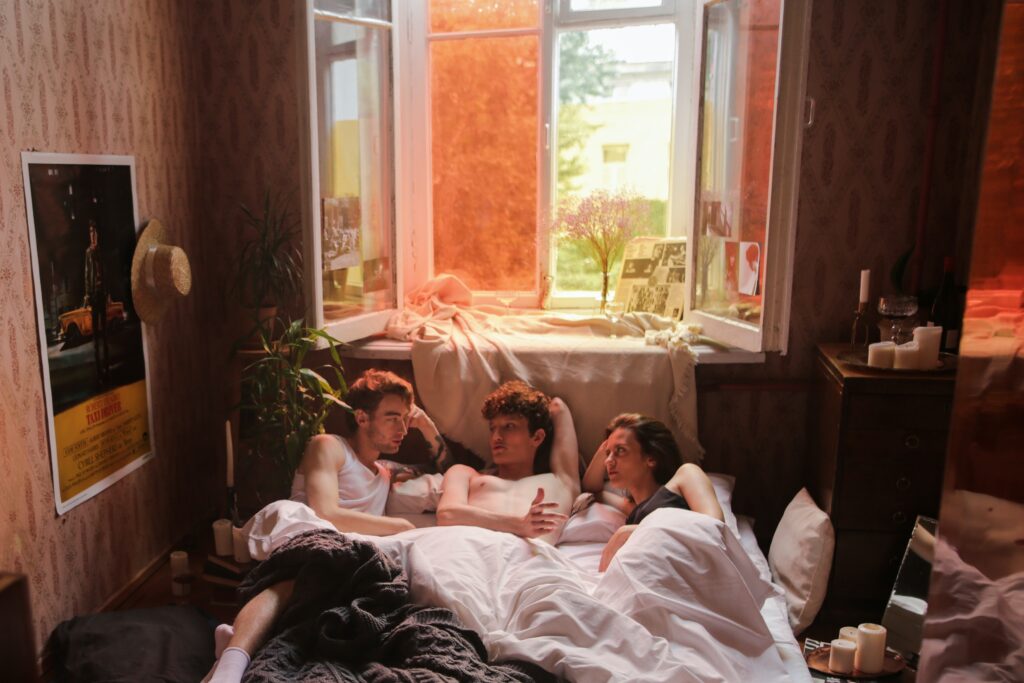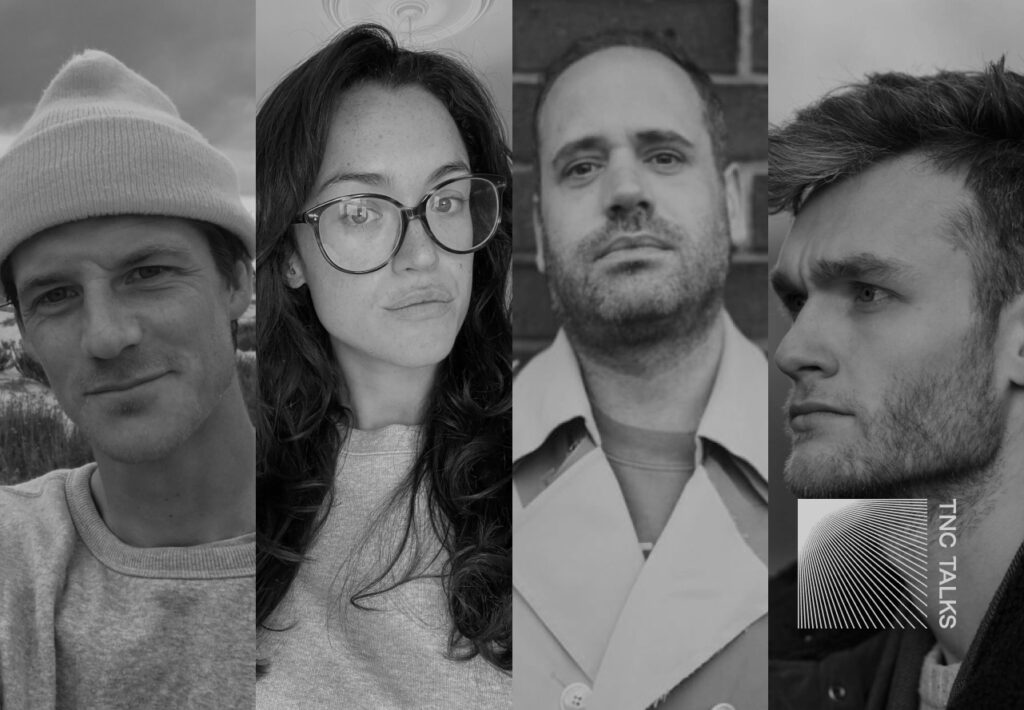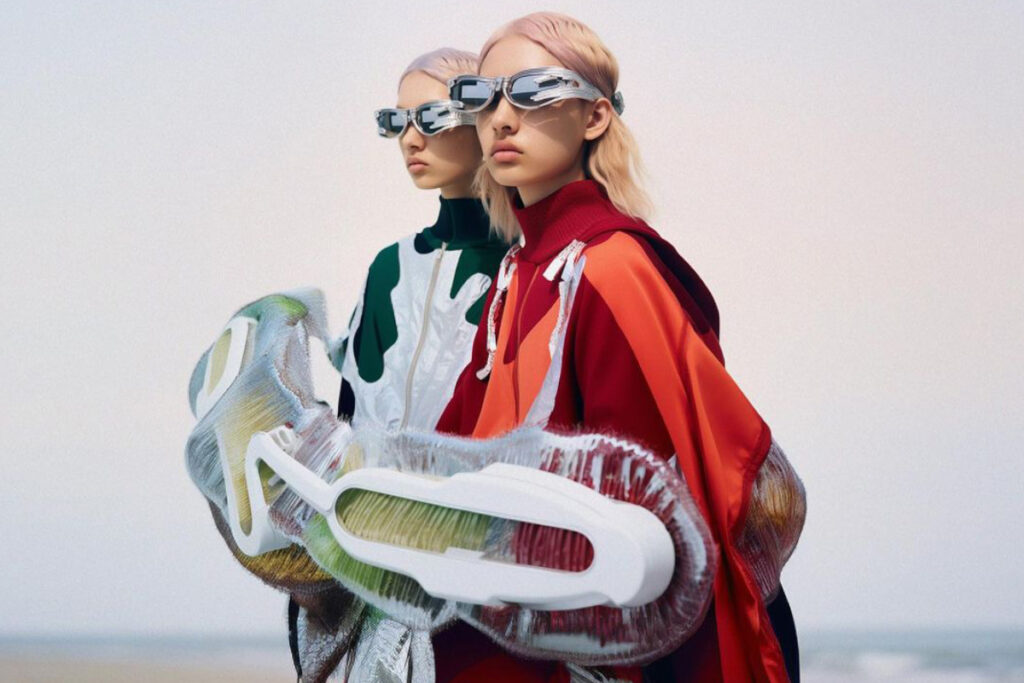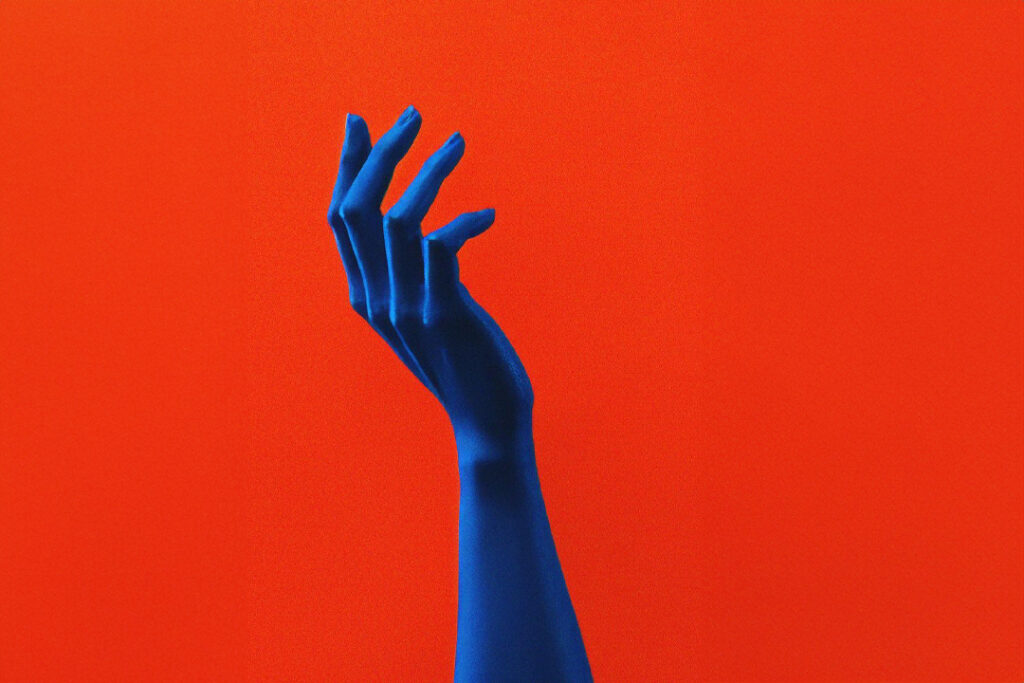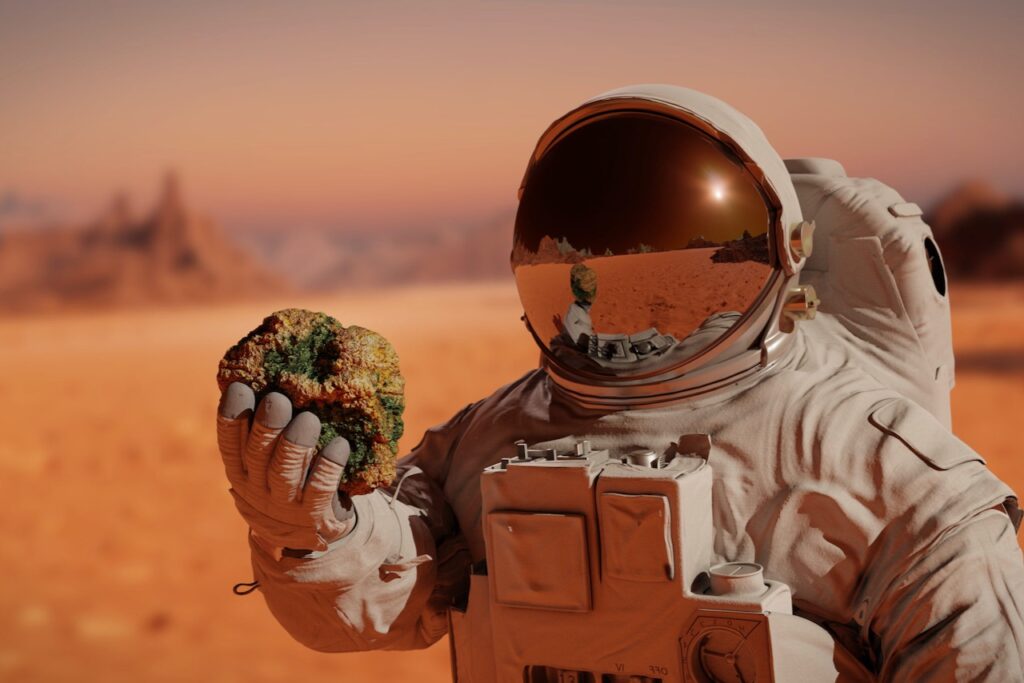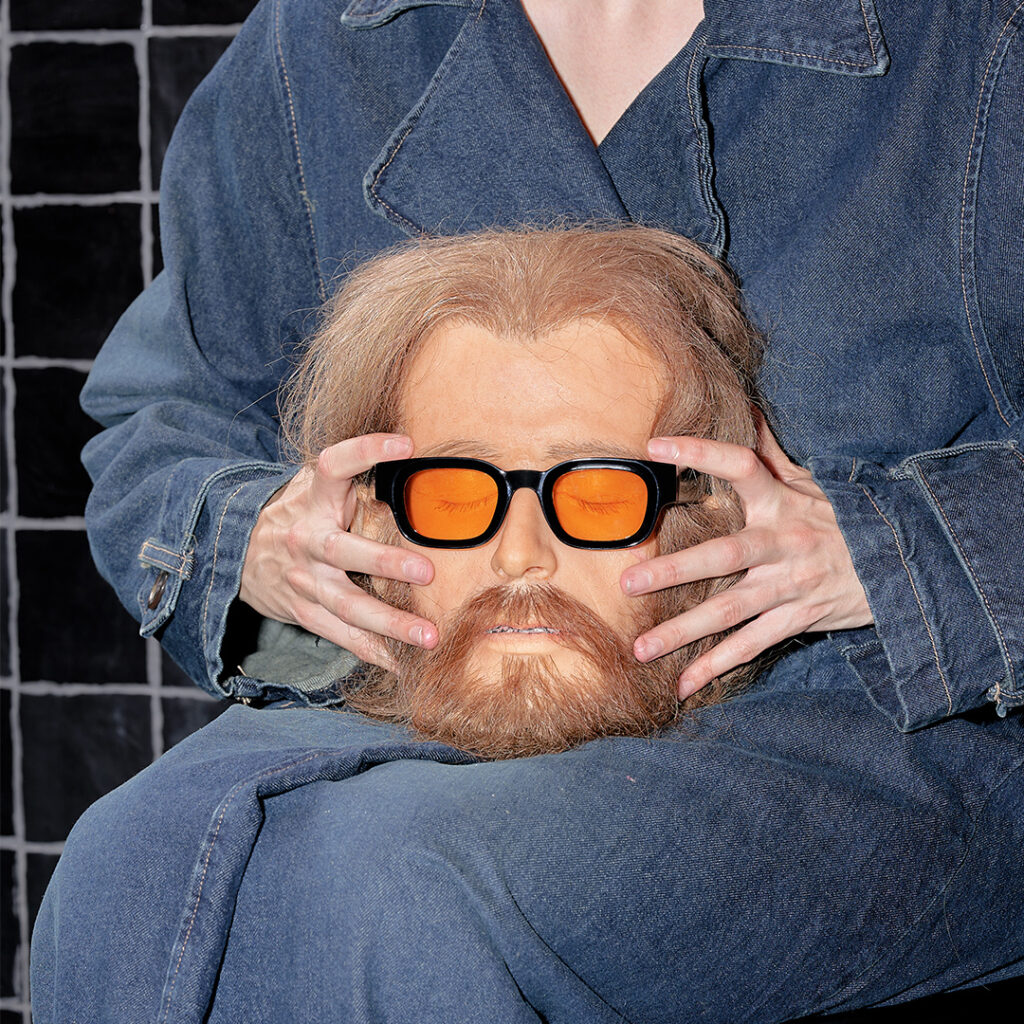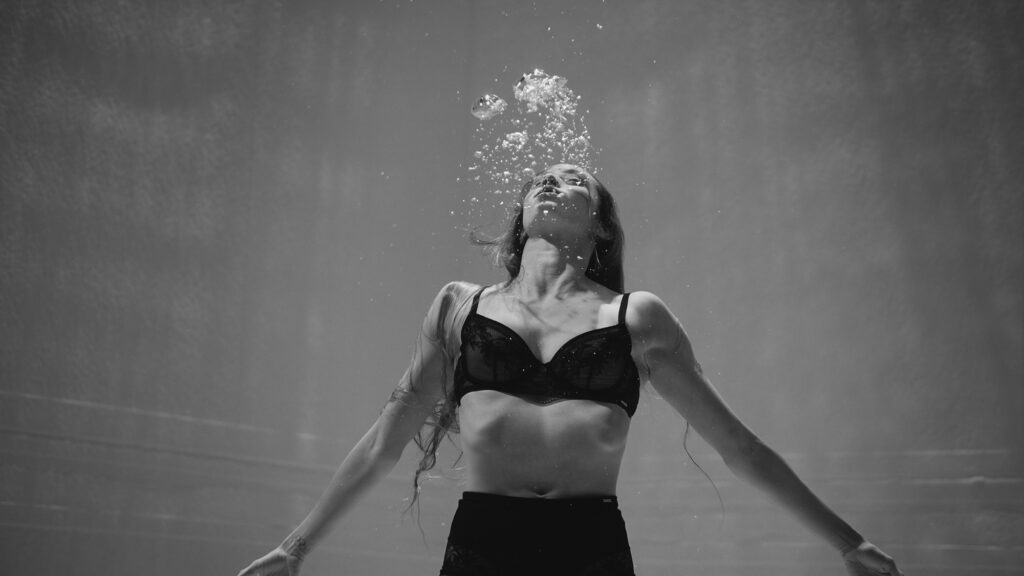Photography has never been so popular. Instagram has undeniably brought about new photography trends and practices, contributing to an overflowing visual culture. But how do those social media photography trends influence photography as an art and profession is still a hot topic. TNC has asked Nina Pus, head of photography at Czar Amsterdam, for a snapshot of the current creative scene.
The whole western world is documenting an edited history on social media, one pic at a time. Between us… Rare, almost mythological creatures are those who still haven’t taken, edited, and posted a photo in 2022. After all, post it or it never happened, right?
Documenting our life online inevitably incorporates photography, whose democratization has never been as wild as it is today.
New representations and idols have been raised through online networking. Now, we all know that movements from popular, ‘lower’ culture have always been an engine for change and influence in the arts – or more frankly, they’ve been influencing the ‘exclusive, upper culture’. This is no a secret, kilometers of literature have been already written about it.
In this sense, photography isn’t an exception.
iPhone in Hand: Democratic or Popular Photography?
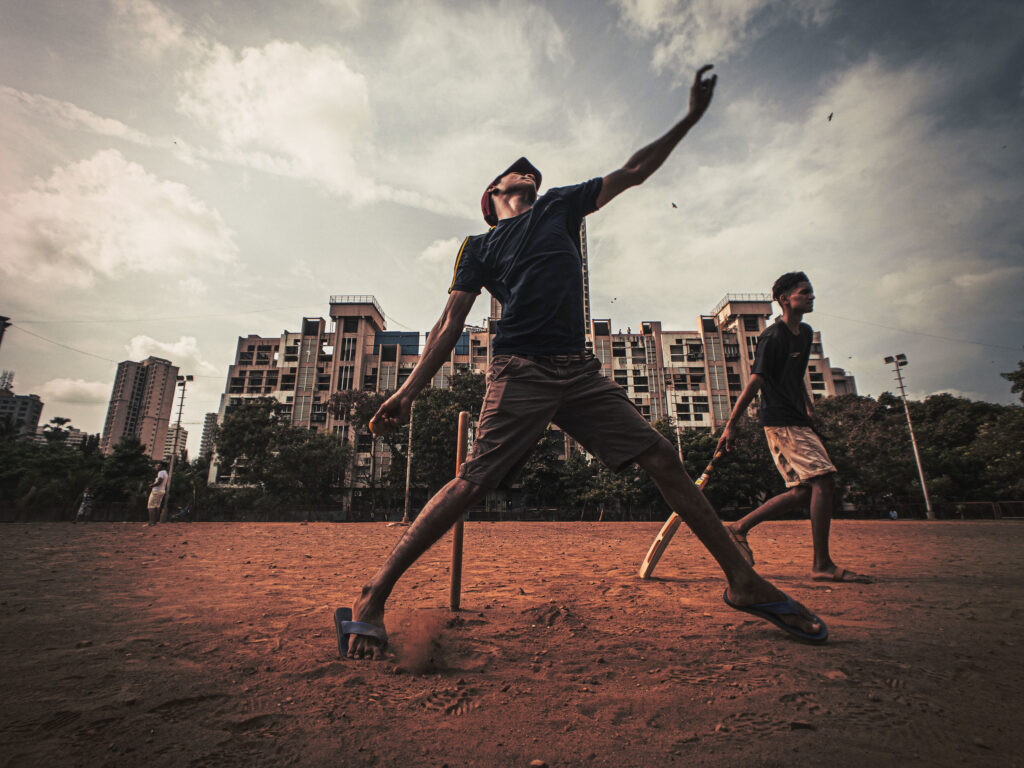
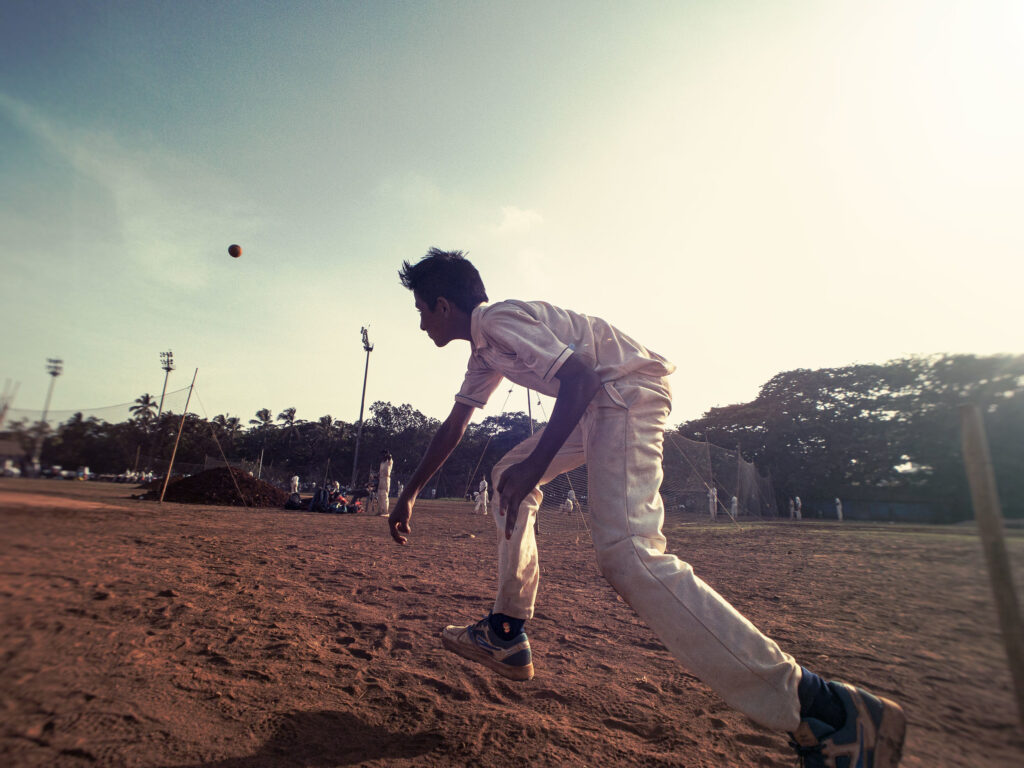
Let’s name the revolution sustained by social media: photography democratization. Or is it its vulgarization?
On one side, it has finally given credit to minorities, practices, and discourses that do not find space in western institutional exhibitions. On the other hand, it has crowded our daily life with visuals of all kinds, creating a bulimic image culture.
“I do think that the essence of creativity has been greatly influenced by social media and that its presence frequently reduces the creativity of the makers. We are overwhelmed by images on a daily basis and many of these are so similar that photographers become less likely to challenge themselves in their own authentic creativity and prefer to safely follow the trends. Which ultimately ensures that art/photography inspires you less and doesn’t stimulate certain emotions.”
Nina Pus, head of photography at Czar Amsterdam.
Social media practice has somehow changed the way we perceive photography, connecting it to the logic of Likes.
Fun Fact: There was a moment, a bunch of years ago when an impressive number of amateurs started to define themselves as ‘photographers’ or ‘models’ on their Instagram profiles. In both cases, it seemed that owning an iPhone was enough ‘to be’ a professional. I’m sure you’re chuckling… Everyone knows what I’m talking about. Literally, it was a boom of online self-proclamation. – For the record, the phenomenon has evolved over the years. Isn’t now the time for questionable ‘public figures’ and ‘artists’ in contentless profiles? But that’s another story…
At the end of the day, if many of those profiles were just a swing and a miss, others really kick-started a proper career, bringing about different aesthetics and new photography trends in the arena. But, in the eye of the hurricane, the fact that many of those self-proclaimed photographers have never engaged with a camera outside of their mobile still stands. Is owning an iPhone enough to be considered a professional photographer?
Beyond an automatic and questionable “that’s unfair for professional photographers who spent a lifetime studying lenses and angles”, the real issue here is the death of photography as we knew it.

Back in 2013, the old guard, award-winning photographer Antonio Olmos commented to the Guardian “It’s really weird. Photography has never been so popular, but it’s getting destroyed. There have never been so many photographs taken, but photography is dying.”
After 9 years… Is that true?
Social Media has turned over a new page in contemporary visual culture. The early concerns regarding the weak line between amateur and professional, the integrity of the art, and the preservation of industry structure and job market. All of them seem to be quite dated speeches today.
The bond between social life and technology has reshaped the way we think and practice photography. In other words, like every other medium in contemporary history, photography has readapted itself to the changes ad trends of the social media era.
Which social media trends are influencing photography in 2022?
- Algorithms and Likes dictate the Image Market.
It’s mainly about how you present things and this is what mainly affects the number of followers.
- New aesthetics and formats have been seeping into several photographic fields, particularly in commercial shoots.
Selfie, memes, filters…”The marketing world responds to trends.“
- Real-time stories and reality culture have accelerated the photographic process.
Rewriting a new page of contemporary photoreportage, in documentary photography.

Social media has rewritten three key aspects of photography as an art and profession: its market, aesthetics, and timing. There is no doubt that the profession of photographer has faced a crisis, but it’s pretty much the same for musicians, writers, designers, etc. Well, it’s pretty much the same for all the creative industries.
As Nina Pus pointed out to TNC, if the positive aspect of social media is its ample reach, on the other hand
“There are so many creators and it is not so much about the content, but mainly about how you present things and this is what mainly affects the number of followers. […] The marketing world responds to trends and I think that has changed the essence of aesthetics in photography, unfortunately”
‘The Medium is the Message’ theorist Marshall McLuhan would comment.

And, when asked if Stories and Lives on social media are influencing the photographic process, Nina has no doubt.
“100%. Image & Concept falls into total oblivion, because of the continuous desire to feed your following with “entertainment”. Photography is also aesthetic of course, but because the essence of the aesthetic has changed over the years, I think it has become more difficult for some creators to challenge themselves in the narrative process.”
Instagram aesthetics have invaded the online marketing language. Well-known and iconographic images are exploited to better engage with users. And the entertaining and narcissistic dimensions play a key role in sales. Just think of Shein, the fast fashion colossus that has replaced any traditional, flat e-commerce pictures with content-based images. Its marketplace in the app is reminiscent of an influencer feed much more than that of an eCommerce. Haven’t you noticed?
Stepping away from mere capitalism for a second… How has Instagram photography affected the art of shooting?
A great answer was provided by Amsterdam’s Huis Marseille museum director Nanda van de Berg, on the occasion of the collective exhibition ‘Infinite Identities – Photography in the Age of Sharing’, in January 2021.
“The word ‘Instagram’ is off-putting, but this new medium invites artists to look at the world around them and develop a new iconography. I compare it to the impact of the polaroid or the handheld camera, and how these formats enabled new ways of looking.”
But it would be reductive to limit the discourse to the field of art or advertising. We shouldn’t forget the main, basic function of a camera: Documenting Life! Outside the creative field, the influence of social media on photography has been going a little bit further. Like, for example, rewriting a new page of contemporary photoreportage, in documentary photography.
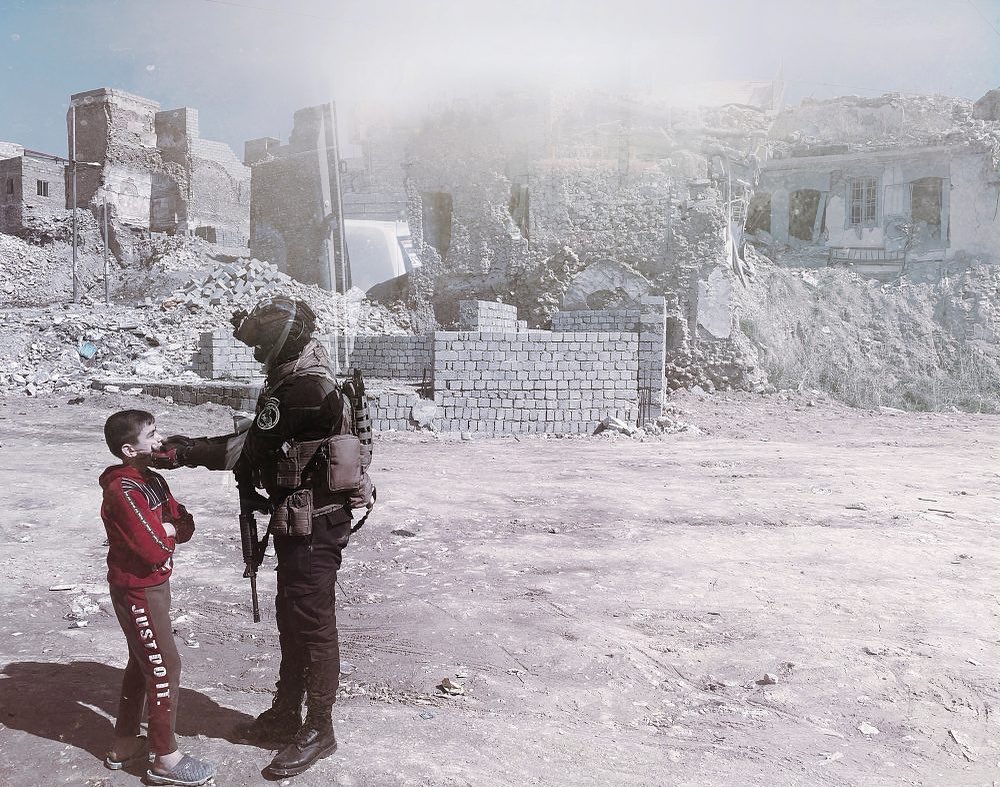
The immediate nature of social media, based on real-time stories and lives, is revolutionizing the timing of the photographic process. Within this wave, the war and crisis reportage has taken on a completely new meaning throughout the current Ukrainian war. The video of the refugee Amelia, the 7yo Ukrainian child singing ‘Let It Go’, as well as the picture of 109 baby strollers into a square in Lviv and many other thousand stories. All of it has been documented and spread around the world, becoming ‘ a powerful ammunition in an information war playing out on social media’. And it is the journalist Megan Specia highlighting that. That’s not chicken feed!
Is social media a threat to professional photography?
Not anymore! Social Media Strategy is a powerful tool for professionals to broaden their reach. The mobile camera has provided a different stylistic choice, while democratization has brought about a new iconography. Photography as we knew it has already changed.

Let’s not forget that changes are uncomfortable, especially when discarding the old traditional system. Lazing in complaining is as useful as grumbling about the weather: with or without your approval, social media will continue to revolutionize the image market. The same goes for photography! It is your choice at the stake, you can just ignore the changes and struggle in an old career, or embrace the opportunity to create new art forms and languages.
Up to you!
[ays_poll id=”9″]